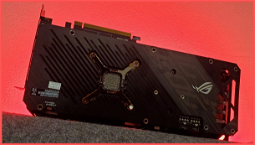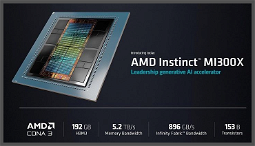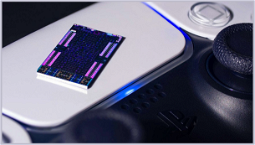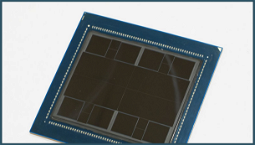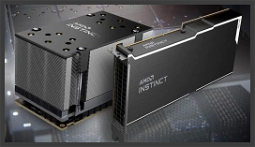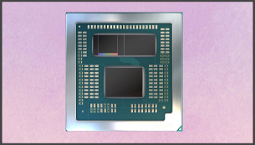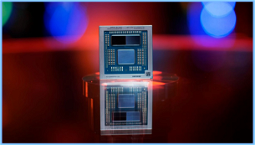AI-enabled Tools to Dominate Chip Design
Lisa Su, Chief Executive of AMD, believes that AI-enabled tools will dominate chip design as processors themselves become more complex and difficult to design. Speaking at the 2023 World Artificial Intelligence Conference (WAIC) in Shanghai, Su emphasizes the importance of interdisciplinary collaboration in future hardware design and cites recent examples of how AI has helped AMD develop its own products.
“We are continuing to push the boundaries of semiconductor technology,” Su says, according to a report from Electronics Weekly. “But we now have to solve problems that are much more complex. Today’s processors are so much more than just a collection of transistors – they are a combination of software and hardware.”
Su cites Nvidia’s Jensen Huang and AMD’s own Chief Technology Officer Mark Papermaster as examples of other industry players who see potential in using AI in chip development. AMD has already been using AI in semiconductor design, testing, and verification, and the company plans to expand the use of generative AI in future chip design applications.
At the moment, AMD uses AI in the “place and route” stage of chip design, which involves essentially positioning and optimizing sub-blocks of chip designs for things like performance and energy efficiency. AI’s ability to continuously learn and iterate greatly accelerates this optimization process, essentially allowing chip designers to iterate on their designs much quicker than before.
The company also uses AI in verification suites to detect bugs and generate test patterns. Comprehensive test coverage is crucial for flawless chip manufacturing, and AI learns from each run, identifies gaps in test coverage, and adjusts testing focus accordingly.
All of the leading makers of electronic design automation (EDA) tools – Ansys, Cadence, and Synopsys – now offer AI-enabled software to their clients, with Synopsys.ai launched by Synopsys itself being the first end-to-end AI-driven EDA solution. This allows developers to essentially use AI throughout chip development, from architecture all the way through to manufacturing.
As we see the complexity of modern processors ramp up, AI is increasingly playing a pivotal role in supporting and assisting chip designs. Staying informed about how AI is impacting your industry sector is essential if you want to stay on the cutting edge, and this is certainly the case for chip design.
Check out our guide to the best graphics card for 2023 if you’re looking to utilize the latest and greatest tech in your rig. You might also want to take a look at the best gaming motherboard for 2023 for a quality base to your PC build.





